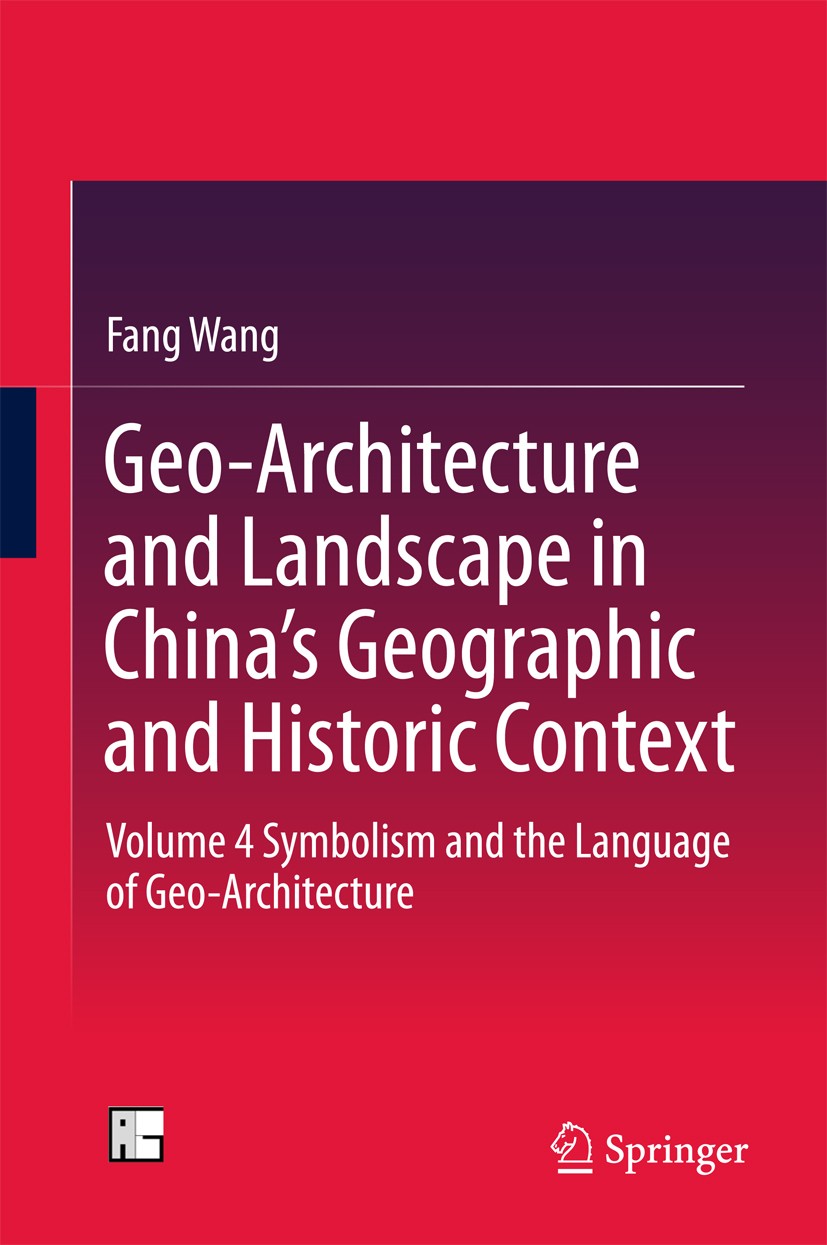| 书目名称 | Geo-Architecture and Landscape in China’s Geographic and Historic Context | | 副标题 | Volume 4 Symbolism | | 编辑 | Fang Wang | | 视频video | http://file.papertrans.cn/384/383012/383012.mp4 | | 概述 | The first book to systematically elaborate and formulate the idea of geo-architecture.Features case studies of traditional Chinese architectures with over 200 splendid pictures.Interprets the language | | 图书封面 |  | | 描述 | This book approaches the concept of geo-architecture by analyzing the symbolic characters of architectures. It proves that the relationship between architecture and geography is not merely an embodiment of physical and functional demands but rather a formal expression of the materialization of culture. After analyzing the vast number of villages, groups of buildings and individual buildings the forms of which closely resemble the forms of the Bagua (symbol of the Eight Trigrams), Taichi, animals and plants, this book finds that this kind of symbolism creatively places living and working places within the natural geographic environment and, by seeking a relationship between architecture and its surrounding environment, comes to express people’s hopes and dreams, evolving slowly to take on certain cultural connotations. This book is the fourth of a 4-volume book series. The series develops the innovative concept of “geo-architecture” by exploring the myriad influences of natural, human and historical factors upon architecture. These influences are considered in three categories, namely, interaction between architecture and nature, interaction between architecture and its human users | | 出版日期 | Book 2016 | | 关键词 | Implantation and Integration; Metaphor and Symbolism; New-style Shikumen of Shanghai; Old Summer Palace | | 版次 | 1 | | doi | https://doi.org/10.1007/978-981-10-0492-6 | | isbn_softcover | 978-981-10-9175-9 | | isbn_ebook | 978-981-10-0492-6 | | copyright | Springer Science+Business Media Singapore 2016 |
The information of publication is updating

|
|
 |Archiver|手机版|小黑屋|
派博传思国际
( 京公网安备110108008328)
GMT+8, 2025-11-23 04:58
|Archiver|手机版|小黑屋|
派博传思国际
( 京公网安备110108008328)
GMT+8, 2025-11-23 04:58


